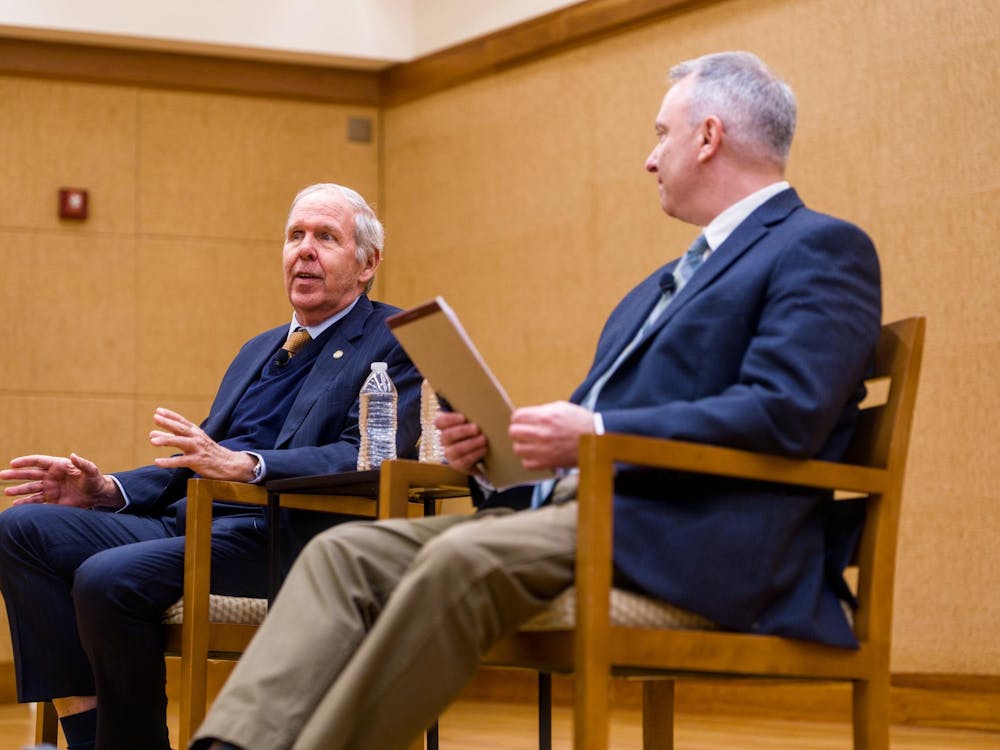On the same day student Steve Gilday was found guilty in an honor trial after not adhering to the by-laws concerning conscientious retraction, another student was found not guilty once a jury ruled his or her conscientious retraction to be valid in a different honor trial. These trials brought to the public eye the complex role conscientious retractions can play in honor cases and some students' lack of understanding of how they operate.
According to the Honor Committee's by-laws, a conscientious retraction can be filed after a student admits that an honor violation was intentionally committed. The student has to believe they are not under any suspicion in order for the conscientious retraction to be completely valid under the by-laws, according to Vice Chair for Services A-J Aronstein.
The student must then make amends. The vice chairs for investigations and trials then review the conscientious retraction to make sure that it is complete, valid and made "in good faith."
Honor Chair Alison Tramba said the conscientious retraction can be sent back to the student for revision if it is deemed incomplete. Students may also make a spoken conscientious retraction if it is followed by a written one, Tramba added.
"It's important for students to make an apology, but it also needs to come to Honor if it's going to be considered as evidence in an honor trial," Tramba said.
If a student submits a conscientious retraction and an honor case is initiated, it still goes to an investigation panel where the conscientious retraction is considered for validity and completeness, according to former Honor Chair David Hobbs.
"Very rarely is a student brought up on charges after filing a conscientious retraction. We find when a student comes forward on their own good faith they weren't even suspected," Hobbs said.
Should the investigation panel determine the conscientious retraction is not made in good faith, the accused student can try to enter the conscientious retraction as evidence and try to make an argument for its validity during the trial, Aronstein said.
The panel then votes on whether or not to accept the conscientious retraction. If a simple majority finds it to be valid, they do not vote on guilt, according to the by-laws.
The counsel for the community can also offer the conscientious retraction as evidence that establishes the student's admission of the act, Aronstein said. "If the I-Panel does not believe the conscientious retraction was made in good faith, then the [counsel for the] community can use the supposed conscientious retraction as admission of the student's act," he said. "Then it becomes an issue of intent and triviality."
The Honor Committee usually receives 20 to 30 conscientious retractions in any given year, said Nicole Eramo, special assistant to the Honor Committee.
The Committee seeks to increase awareness of the procedures surrounding conscientious retraction, Tramba said.
"We already talk to first-year students about conscientious retraction but it comes with a lot of other information, so this is something we will discuss in ongoing education," Tramba said.






